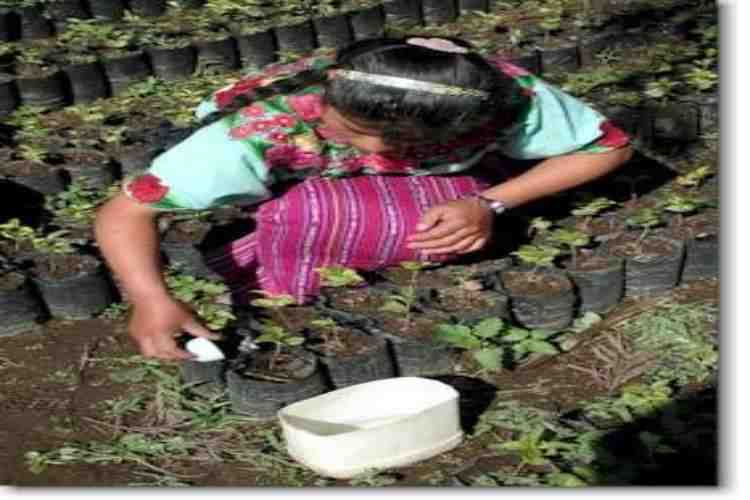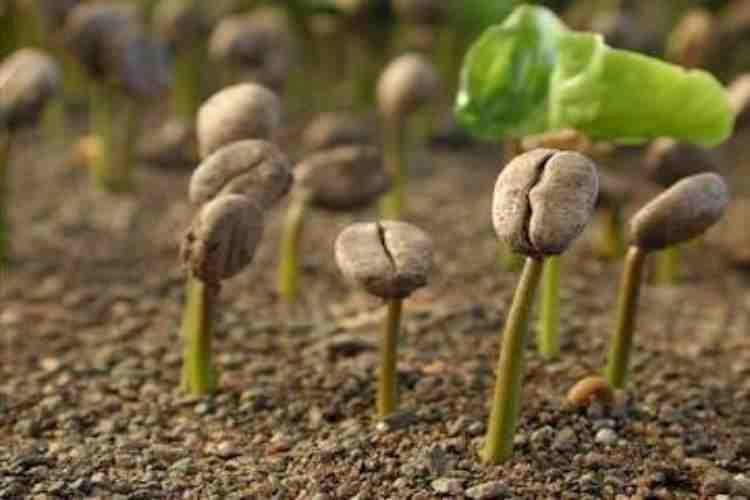
We all know that tea and coffee are two of the most popular beverages in the world. But which one is easier to cultivate Tea or coffee? This post will look at the differences between tea and coffee cultivation, so you can decide which one is easier to grow.
On the one side, we have tea. Tea is a plant that grows naturally in the wild and can be harvested from farms worldwide. On the other hand, coffee beans must be imported from outside the farm because they only grow in particular climates. Which option will produce more coffee crops for your country?
History of tea and coffee
Tea and coffee are two of the most popular drinks in the world, but their origins are very different. Coffee was native to Ethiopia and first domesticated there over 1,000 years ago. On the other hand, tea originated in China and has been cultivated there for over 4,000 years.

Interestingly, tea and coffee were initially consumed for their medicinal properties rather than their flavor. It was in the 16th century that coffee began to be brewed for enjoyment, while tea drinking became popular in China during the Tang dynasty (618-907).
Regarding cultivation, tea and coffee plants can be grown in various climates. However, tea plants are generally more resistant to harsh conditions than coffee plants. This is one reason tea is grown in many parts of the world, including India and Sri Lanka, where coffee cannot thrive.
The difference in the cultivation process
The main difference between cultivating tea and coffee is the amount of shade the plants need. Tea plants need a lot of shade, especially young ones, while coffee plants need very little shade. Shade is essential for controlling the temperature of the leaves, which affects the flavor of the tea.
Tea also needs to be harvested by hand, which is more labor-intensive than harvesting coffee mechanically. The tea plant also has a shorter lifespan than the coffee plant, so it needs to be replanted more often.
The climate required for each
To cultivate tea or coffee require specific climates. Tea plants are more delicate and need cooler weather with more humidity, while coffee plants can tolerate a broader range of temperatures.
Tea plants need a humid environment with temperatures ranging from 60-70 degrees Fahrenheit to grow. They also prefer shady conditions and acidic soil. On the other hand, coffee plants can grow in a broader range of climates. They can tolerate hot and humid weather and colder, drier conditions. Coffee plants also prefer full sun and well-drained soil.
So, which is easier to cultivate? It really depends on the specific climate conditions where you live. If you have a suitable climate for tea, it will be easier to produce tea. Cultivating coffee will be easier if you have the appropriate coffee environment.
Which is more popular?
There are a few factors to consider when determining which is more popular: geographical location, history, and personal preference.
Regarding geographical location, tea is more prevalent in Asia, while coffee is more popular in the Americas. This is due to various reasons, including climate, availability of resources, and cultural preferences.
As far as history goes, tea has been around for centuries longer than coffee. It was first cultivated in China and then spread to other parts of Asia before making its way to Europe and the rest of the world. On the other hand, coffee originated in Ethiopia and only began to be widely consumed in the 17th century.
Finally, it comes down to personal preference. Some people prefer the taste of tea, while others find coffee to be more their cup of (tea). Some enjoy both equally!
Why?
There are many factors to consider when determining which crop is easier to cultivate. Climate, soil type, and water availability all play a role in the ease of cultivation. Tea plants are generally more tolerant of poor growing conditions than coffee plants. Tea can be grown in a broader range of climates and soils and even cultivated in areas with lower rainfall levels. Coffee plants are more sensitive to changes in temperature and humidity, making them more challenging to grow in some regions.
Origin of Tea
Tea is believed to have originated in the region of Yunnan in southwestern China. According to legend, tea was first discovered by the Chinese emperor Shennong in 2737 BCE. Shennong is said to have been a skilled herbalist and scientist who personally tested many of the herbs he came across. While trying a new spice, he is said to have boiled water in a pot over a fire. A leaf from a nearby tree fell into his pool, and Shennong was pleased to find that the result was a delicious and refreshing drink.
Origin of Coffee
The coffee plant, Coffea, is native to Ethiopia. It was first discovered by a goatherd named Kaldi, who noticed that his goats became more energetic after eating the berries from a particular bush. Kaldi shared his discovery with the local monks, who began to brew a drink with the coffee berries and found that it helped them stay awake during long nights of prayer. From Ethiopia, coffee spread to other African countries, Europe, and the Americas.
Today, coffee is grown in many countries around the world. The two main types of coffee are Arabica and Robusta. Arabica coffee is grown at high altitudes and has a milder flavor, while Robusta coffee is of lower quality but has higher caffeine content.
How is tea made?
Tea is made by steeping the leaves of the Camellia sinensis plant in hot water. The length of time the leaves are steeped will determine the tea’s final flavor. Generally, green and white teas are light in taste and have a shorter steeping time than black teas, fuller bodied with a more robust flavor.
How is coffee made?
-Coffee is made from the coffee bean found in the coffee plant.
-The coffee plant is a shrub that grows in tropical climates.
-The coffee bean is actually the seed of the coffee plant.
-To make coffee, the beans are roasted and then ground up.
-Water is added to the ground beans, and the mixture is boiled.
-The coffee is then ready to be served.
What are the benefits of drinking tea?
Drinking tea has many benefits, including its antioxidants, which can help protect against cell damage and improve overall health. Tea also contains caffeine, which can help improve mental alertness and focus. In addition, tea has been shown to lower cholesterol levels and improve heart health.
What are the benefits of drinking coffee?
Coffee has been shown to offer various health benefits, including improved mental alertness, increased physical endurance, and protection against certain diseases.
In terms of mental alertness, coffee can help you stay focused and productive throughout the day. A study published in the journal Nature found that coffee drinkers who consumed one or two cups daily were more likely to report feeling less tired and more mentally alert than those who didn’t drink coffee.
Coffee can also boost your energy when you feel physically exhausted. A study published in the Journal of Applied Physiology found that coffee drinkers who consumed two cups of coffee before exercising could exercise for up to 20% longer than those who didn’t drink any coffee.
Finally, coffee has been shown to offer protection against several diseases, including Alzheimer’s disease, Parkinson’s disease, type 2 diabetes, and some forms of cancer.
What are the cons of drinking tea and coffee?
There are a few downsides to both tea and coffee cultivation. For tea, the Camellia sinensis plant is susceptible to fungal diseases like gray mold and root rot. These diseases can decimate an entire crop and ruin leaves for processing. Pests are also a problem for tea farmers, with common pests including the green leafhopper, red spider mite, and whitefly.

Coffee cultivation also has its own set of problems. The coffee plant is susceptible to several diseases, including rust, witches’ broom, and coffee berry disease. Pests are also an issue for coffee farmers, with common pests including the coffee borer beetle and the green-scale insect. Both crops require much care and attention to prevent these problems from occurring.
Conclusion
In conclusion, tea and coffee are both easy to cultivate. However, coffee requires more care and attention than tea. Tea is also more tolerant of poor growing conditions than coffee. Therefore, tea may be better than coffee if you want an easy crop to grow.
In conclusion, tea and coffee are relatively easy to cultivate, although coffee may be slightly more manageable. Both require some initial investment in equipment and supplies, but once you have those things, you can grow your own tea or coffee with relative ease. The most significant difference between the two is that coffee requires more attention in terms of watering and pruning, while tea is a bit more forgiving in that regard. Ultimately, it comes down to personal preference, which is easier to cultivate.



